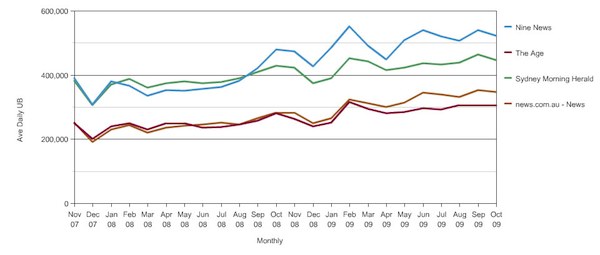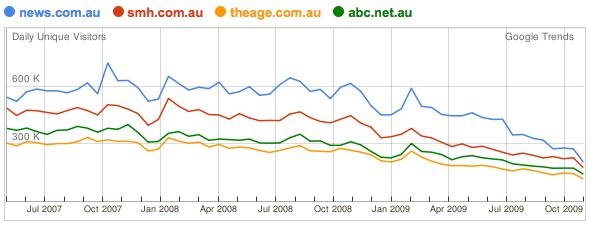Most Australian parents are concerned about the safety of their children online. But new research shows that parents don’t back up their concerns with meaningful actions, and that in any event they might well be concerned about the wrong risks.
Last week Microsoft Australia released their “For Safety’s Sake” research [PDF] which, while giving them a chance to pimp the parental controls in Windows 7, also produced some interesting figures.
While 64% of parents were concerned about cyber-safety, 65% don’t use any parental control software and 62% allow their kids to access the internet unsupervised.
Parents perceive their kids to be more at risk accessing the internet from friends’ homes than their own, and rate the risk from online predators as being more dangerous than exposure to pornography. In turn that’s seen as more dangerous than bullying, which is seen as more dangerous than identity theft.
In this week’s Patch Monday podcast I speak with Microsoft’s chief security advisor in Australia, Stuart Strathdee, as well as with child protection expert Karen Flanagan from Save the Children Australia. The risks are not what they seem.
You can listen below. But it’s probably better for my stats if you listen at ZDNet Australia or subscribe to the RSS feed or subscribe in iTunes.
Please let me know what you think — especially if you’re a parent. We accept audio comments too. Either Skype to stilgherrian or phone Sydney +61 2 8011 3733.




